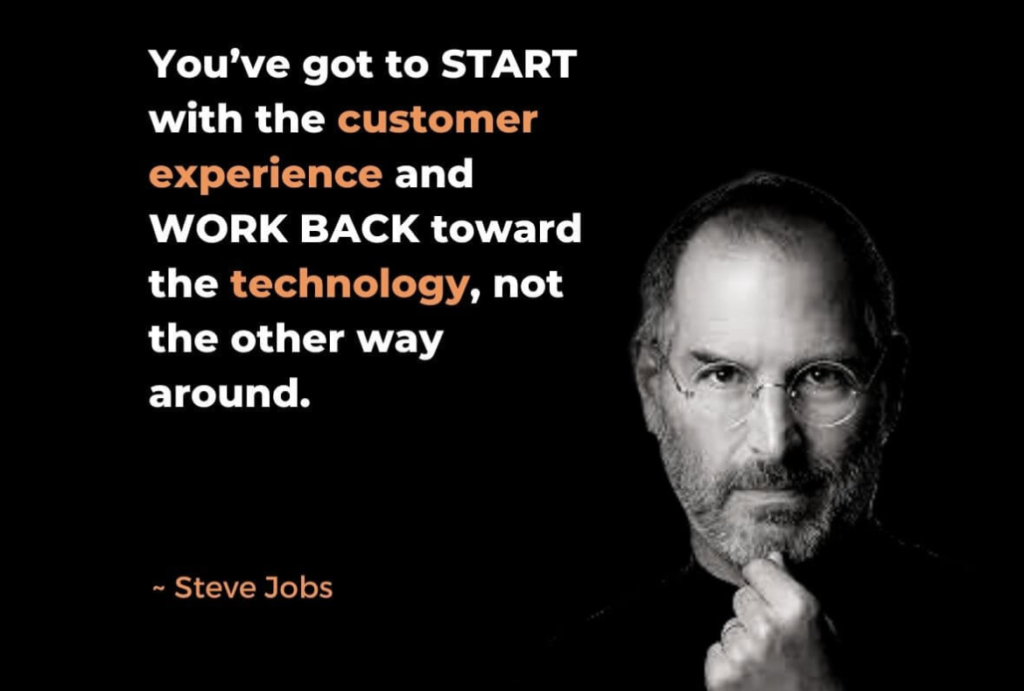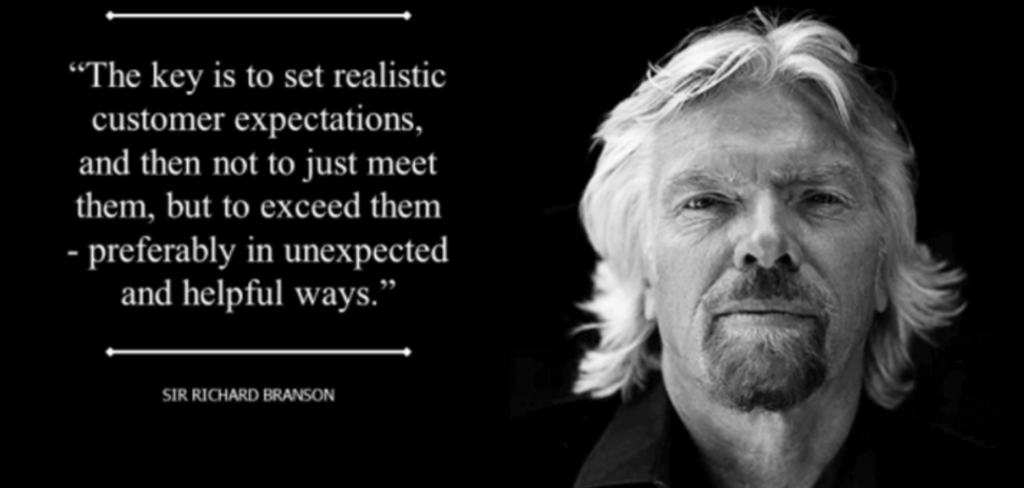The customer is the one who buys a product from us. In pharmaceutical selling, the customer is not always the end user, but it can be a distributor or an intermediary (pharmacy). We have often heard that pharma marketing has to shift from Product to Customer. What does this mean?
This means that our job is to understand what our customers need and how they use products. We have to know their needs and wants, so we can provide them with solutions. This will help us develop new products and services that meet the needs and wants of our customers. Only then will customers engage with our brands and companies.

In increasingly crowded drug markets like India, a strong clinical profile for the product is no longer enough to ensure a distinctive launch. Products cease to become differentiators. To be successful, pharma companies need to launch not only products but also experiences.
Yet, pharma business leaders are still hesitant to shift from product-centricity to customer-centricity – how do we enable this?
J.C. Nair, Head-India Rx business at Inzpera Healthsciences feels that “most of Indian Pharma has been single-mindedly focused on doctors and not concerned about the end consumer needs & challenges. Business leaders need to understand that in a hyper-competitive world, our survival depends on moving toward customer-centricity. There is a great opportunity in including patients and caregivers to develop and build a sustainable business.”

Like most transformations, change must begin at the top. Shifting from product-centricity to really focusing on the customer, is a cultural shift and this needs encouragement from the very top. However, CEOs are still reluctant to make this shift. One could blame it on the pressure for performance, regulations, or the simple need to not upset the apple cart during their tenure.
A really customer-focused business would intuitively understand that it is the customers that drive business, not the product. Strangely, in a market as hyper-cluttered and competitive as Indian Pharma is, companies continue to drive product focus more than any other thing. All the time wondering why growth is so difficult to attain.
Shakul Srivastava, Vice President of Human Health at Indian Immunologicals says, “despite clearly understanding that digital adoption is no more an option but the way forward in every single walk of life, particularly for business, companies are still contemplating if they should go digital? And if yes, how much? Many are lost in the labyrinth of ROIs for the digital world. In my view, ROI will have much longer gestation while innovation will be very high-paced. And to add to this, many don’t understand technology as much as new gen.”
As Shakul says, best-in-class companies, in almost every industry, are increasingly becoming digital-first. This means that they build their business around what customers want, and not around the products they make. This is where the role of the customer journey becomes very important. This journey captures the entire experience of customers learning about the product, choosing it, buying it, and using it in their day-to-day life.

This is a lot more complex than merely plotting a few steps. It is about designing the whole customer experience. Rewarding customer experiences can unlock enormous value by boosting loyalty, reducing drop-outs, and making companies stand out from the herd. After all, new-age marketing is all about engaging the customer and providing the best experience. This is how loyalty is created. Brand names do not create loyalty, brand experiences do.
Switching from product to customer-centricity requires a new approach. The pharmaceutical industry must move from catering to the needs of doctors alone to catering to the needs of ALL their customers. This can include pharmacists, para-medical staff, hospital administrators, and insurance companies, on one hand, patients, their families, their near and dear ones, and everyone else involved in the care continuum. India is a unique market where healthcare involves multiple stakeholders at multiple levels. Is pharma catering to them all?
One of the easiest ways in which pharma leaders can shift focus positively is by offering stakeholders a uniquely positive and educational customer experience. Since this differs tremendously for each person, simply creating material for doctors or for patients will not suffice. A strong content and personalization strategy is called for.

Customers want a personalized approach from the brands they engage with. Medicines are no different from mangoes in this case. The more information, transparency, and ease of engagement, the better the experience. This is but one way in which Pharma companies can amplify their efforts at building brand loyalty and increasing advocacy.
Pharma leaders must view the customer’s journey holistically rather than focus on one specific stage or patient need. In order to deliver a better experience, pharmaceutical companies should listen to what their customers are saying and then use that insight to engage with them more effectively. We can enable this shift by monitoring customer sentiment in real-time, regularly engaging with customers, and having a robust social media strategy.
This is not to say that products are not important. Of course, they are. It’s just that focusing on products cannot bring in the best differentiation, engagement, or experience for customers. Their wants are different.
For most pharma companies, moving from product to customer represents a major shift in thinking. It requires putting not the product but the customer at the center of the launch and addressing customers’ emotional and behavioral needs as well as their clinical ones. This is easier said than done.
Salil Kallianpur is Executive Editor at MedicinMan and Founder – ARKS Knowledge Consulting. He has worked in senior roles at Dr. Reddy’s, Novartis, Pfizer and GSK.
